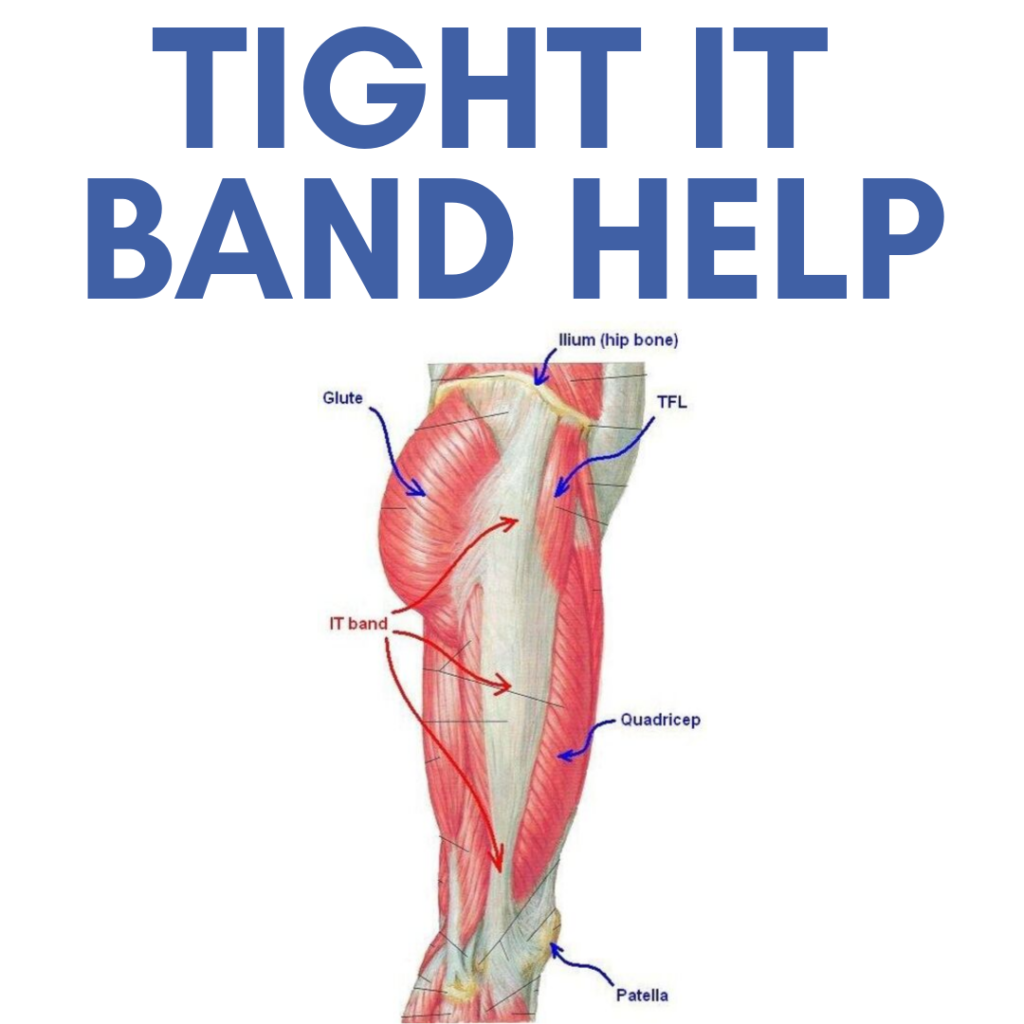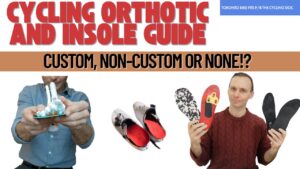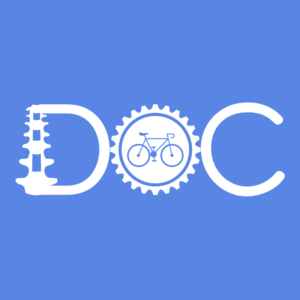Hey everyone!
In this video, we’re going to be going over some rehab exercises you can do if your IT BAND feels tight or you have an IT band injury. The video below addresses that directly and is the rehab protocol I would do if (and when) I have this issue.
First, I think it is important to understand why it’s going on. IT band complaints are something that we
see a lot in our office, especially with cyclists and with runners. This is because with both of these sports, the muscles that are attached to the IT band, that are associated with IT band issues, they get repetitively strained.
It is important to understand that the IT band is a thickening of fascia or dense connective tissue on the side of the leg. It is as tough as your leather belt is at home. We know from the scientific literature that it’s almost impossible to stretch the IT band.
This is the primary reason, which we have mentioned in previous videos, why there’s no point in stretching or foam rolling the IT band. Stretching or rolling it is not going to do anything.
What we’ll do is focus the neurologically modulated tissues; the muscles that attached to the IT band. The tight muscles that attach to the IT band are what create that feeling of tightness that makes it then not work properly.
IT band issues generally stem from the tensor fascia lata and the gluteus maximus muscles because those are what attach into the IT band. If they get tight, they pull that IT band tight across the leg, making it more likely to create a compression injury or some sort of enthesopathy, which is a pulling injury on the bone.
The research also indicates that IT band issues develop from poor hip control and stability and that is why we’re also going to work on the side to side stabilizers; the gluteus medius and minimus.
These muscles are going to help us with cycling and running to stabilize the pelvis and make sure that the knee tracks properly. In turn, the IT band does not become overly strained by trying to support the knee.
So in summary, don’t stretch or foam roll the IT band. You want to work on the tissues around the IT band that receive input from the nervous system that you can actually be changed and adapt. These again are mainly the muscles (tensor fascia lata, gluteus maximus).
We are also going to want to strengthen those same muscles, including the hip stabilizers, the gluteus medius, and the gluteus minimus. Now before we get onto the exercises, one thing that we notice a lot in the office is that, if these exercises don’t work, it could reflect that there’s an underlying problem with the spine and or the nervous system – the master commander of the body that talks to these muscles – that actually turns them on, which coordinates and controls the lower limb.
If the exercises are not working, it’s probably because there’s something deeper going on that should be addressed by a professional. So please take that caveat before you get into these exercises.
If you do them daily for a couple of weeks, they should work really well along with some rest from the aggravating activity/sport, whether it is cycling or running or weightlifting.
If you have any questions, send us a message or an email, always happy to help. And a, I hope you guys enjoy it.




